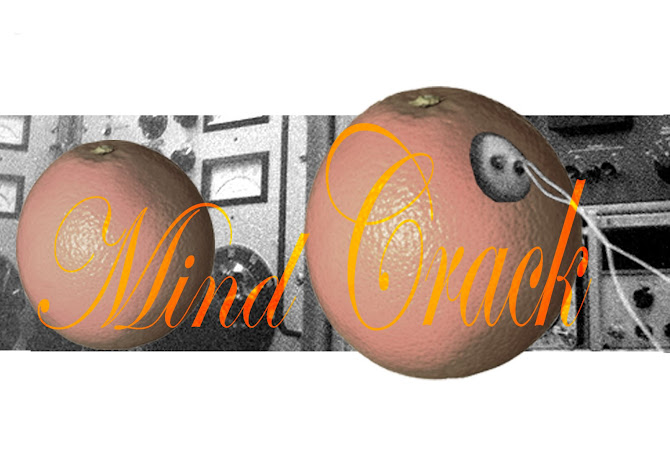
Architectural plurality is a reaction against the purism of Modernism; it pretendeds to democratize architectural thinking and architectural intentions. The Situationists, Team 10, Archigram… were some reactionaries that subsequently were going to become the victims and the heroes of a more contemporary and dystopian plurality lead by people like Rem Koolhaas. This last one seems to be in constant crisis, however it rejoices in that crisis, it feels comfortable in it. The indirectness and ambiguity of this last plurality acts as a magnetic shield that protects it from decay; whether it is relevant or needed anymore is a big question in nowadays-architectural theory. From the absoluteness of a model, to anarchic solutions and theories; from the unique truth to the everlasting doubt on everything, architecture and its purpose have been in constant change since the beginning of the XX century more than ever before. The rapid social, economical and political changes have helped architectural plurality to reach a point where indifference becomes its main substance. The solution to the question is avoiding the answer and commenting on this question as if it was some sort of zoo-like creature out of its natural habitat. This approach to the question is a result of excessive attempts to fix the seemingly unfixable, to fight against the “inevitable”.
Nowadays architecture seems to be tired of that fight, of that struggle; we embrace the inevitable, we embrace the generic. We find satisfaction on the indefinable because it offers multiple ways to escape failure; yes, we are scared of failure, we are terrified of being ‘wrong’; that’s why instead acting we are observing and analyzing. Instead searching for hope on the utopia, we refuge under the ambiguities and contradictions of the dystopia. Even though both of them rely on cynicism, skepticism and critical thinking about the immediate present, dystopias act as a reality check on our most idealistic and utopian dreams. Architecture can’t escape from its context anymore, if it decides to break up with the terrene and conceptually coherent, it becomes a (non-lucrative) Disneyland; or even better a Persian Gulf coast line city that is reinventing what has never been invented, resulting in a monstrous flesh-eating capitalistic (progressively desert) oasis. Architectural imagination can’t be incoherent any longer; our feet are chained not to a single block of white marble, but to millions of formless branded icons that intend to fix the cracks of our plastered society, however those cracks are becoming visible on a metaphysical level.
Until now, indifference, skepticism and cynicism have been celebrated as the way to look at the architectural world that surrounds us; however hasn’t that criticism overtaken its original purpose. Instead of giving optimism for the new generations, it floods their minds with pessimism that subsequently generates apathy. This indifference creates a zombie like youth, where the only way of achieving all their desires is in the post-city; a multidimensional space better known as ‘the internet’. Architectural and social indifference is caused by a saturation of data. The power of choice and critical thinking gets diluted in between infinite movements that act as magnets next to compasses. Confusion is the first symptom, indifference is what comes next; finally the inhabitant sleepwalks until he reaches a multidimensional device where he can escape reality.
Three cracks are identifiable in XX-XXI century architecture. The first one is the crack of the White Marble; this is not a physical crack (the physical crack would be the demolition of the Pruitt Iggoe building in St. Louis, Missouri) but a conceptual crack, a questioning of the whole movement and its relevancy.During this first crack play was incorporated into the formula of architecture by the Situationists and Archigram, however its superficiality leaded to a counteraction (the second crack). What Andrea Brazzi calls a “radical” movement emerged from a lost and self-repeating deciduous movement that was walking on circles avoiding a bigger picture that was becoming too bright and large to shun. For this “radical movement”, architecture and urbanism couldn’t exist without the existing city, that’s why since then people like Koolhaas have put such an enormous effort on describing the entropic situations and complicated phenomena that happen on the (Generic) city. There is a third crack, this one, as said before, seems to be invisible thanks to the ambiguities of the architectural hyper-plurality that exists nowadays.
This third crack can be felt, and appears physically during moments of extreme social crisis such as September 11, the Big Crash of 2008-2009 of the global market and the consequent Flash Crashes of 2010. The world is changing yet something or someone is grounding us from criticality by saturating us with choices and banal decisions that at the end of the day result in nothing more than insignificant proofs that we matter (?). The realization of that results in apathy and indifference (or idealizing the past in order to forget the present), the real virus of the XXI century.
Alvaro.










